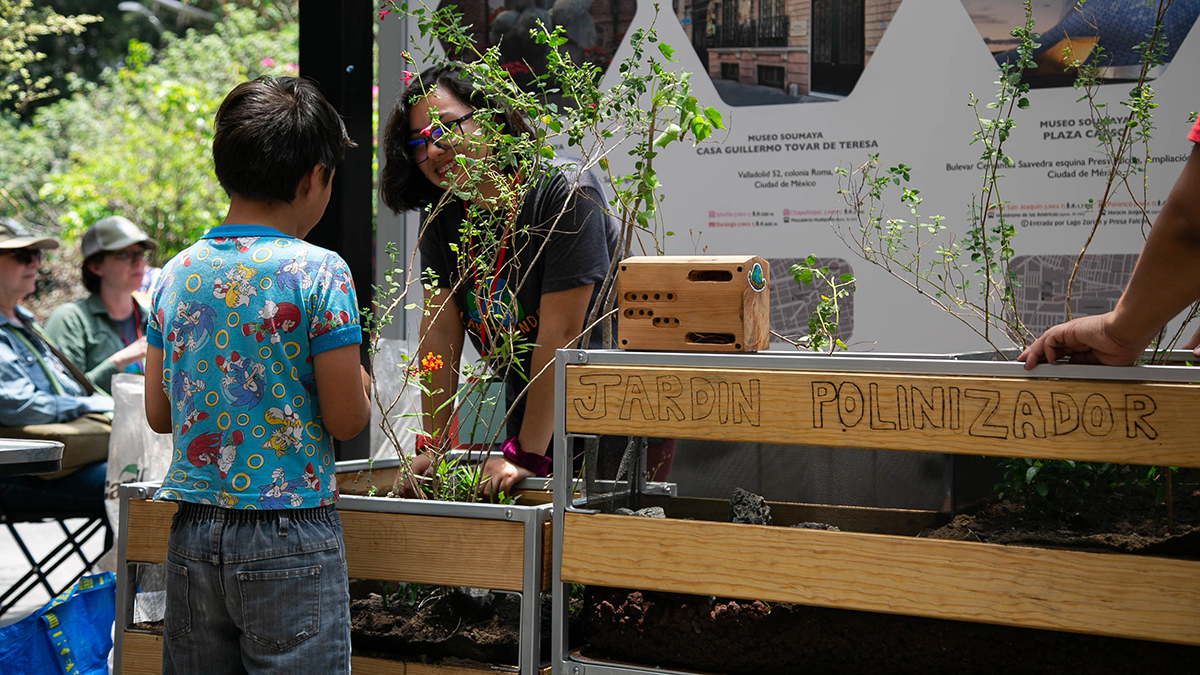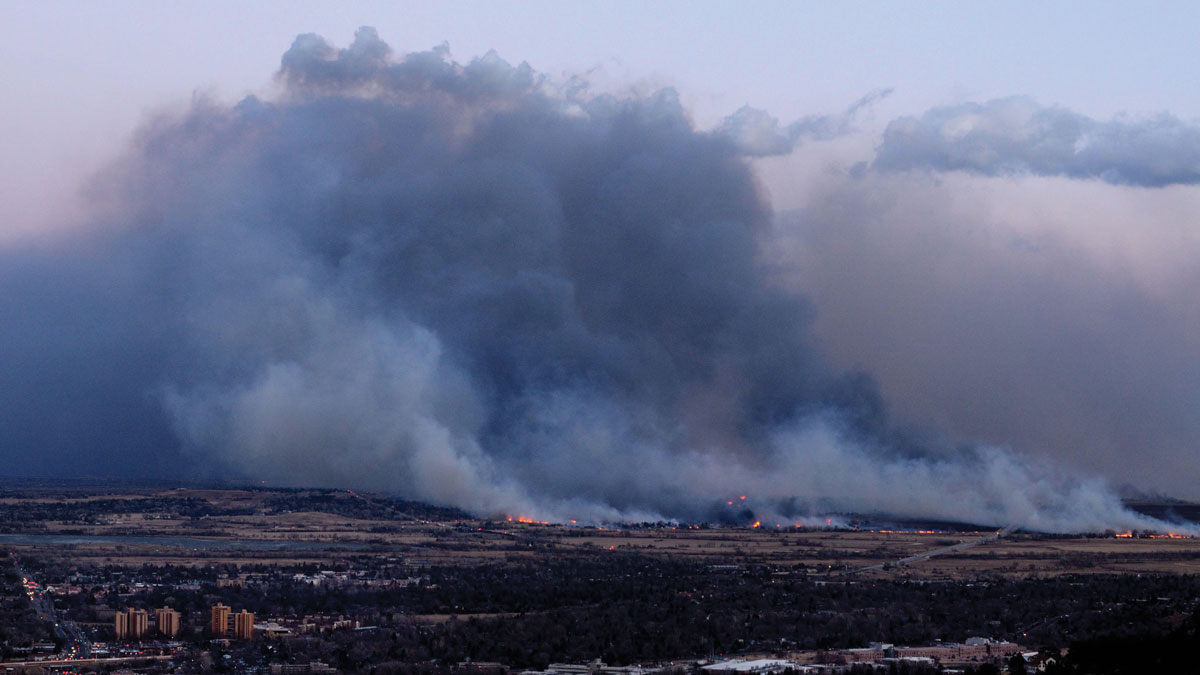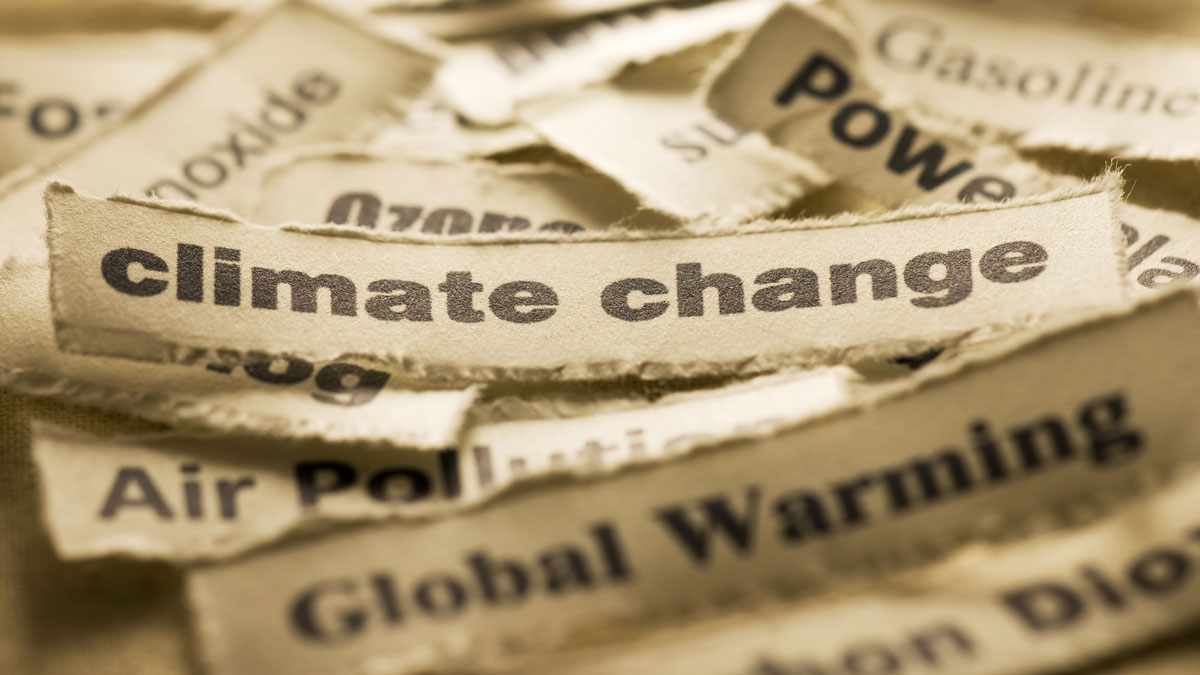El festival de ciencias de la Tierra más grande de México tendrá nuevas actividades para acercar a las infancias a la ciencia, pero personas de cualquier edad también están invitadas a disfrutarlas.
science communication
Geoscience for the Young (and Young at Heart) at TierraFest
Mexico’s largest Earth science festival will debut special activities to engage children in science—although audiences of all ages are welcome to enjoy them.
Perceiving Risk
“Risk” means different things to different people, and effective science communication must recognize and respect that.
When Fieldwork Comes Home
The impacts of the 2021 Marshall Fire rippled through a community of Colorado geoscientists, spurring them to action.
¿Qué tan peligroso es el volcán Popocatépetl? Depende a quién le preguntes
El estratovolcán en el centro de México presenta un interesante caso de estudio sobre la percepción del riesgo, la comunicación de la ciencia y la preparación en torno a los peligros naturales.
Tatooine, Trisolaris, Thessia: Sci-Fi Exoplanets Reflect Real-Life Discoveries
After astronomers discovered exoplanets wildly different from Earth, exoplanets in science fiction became less Earth-like, too.
Snapping Science in the Field
Snapchat, the multimedia messaging app, offers a range of features that make it an unexpectedly useful tool for geoscientists on the go.
Climate Scientist Michael Mann Confronts Defamers in Court After 12-Year Delay and Wins
The trial comes as climate impacts and attacks on science and its practitioners are worse than ever.
From Newsworthiness to News Usefulness in Climate Change Research
Current approaches for deciding what science is covered in the media portray only a narrow slice of climate change research and aren’t well suited for stoking climate action.
We’ve Already Seen Category 6 Hurricanes—Now Scientists Want to Make It Official
Intensifying storms may warrant a new category of hurricane wind speeds.










